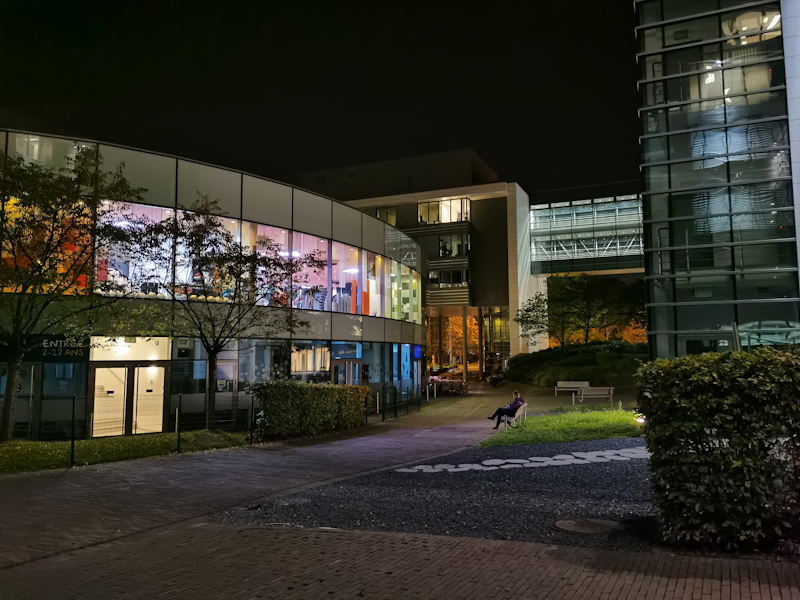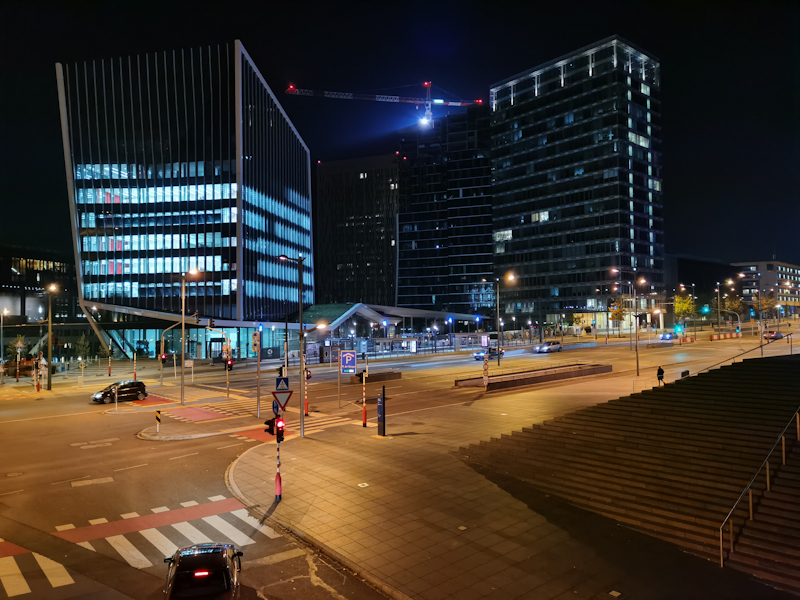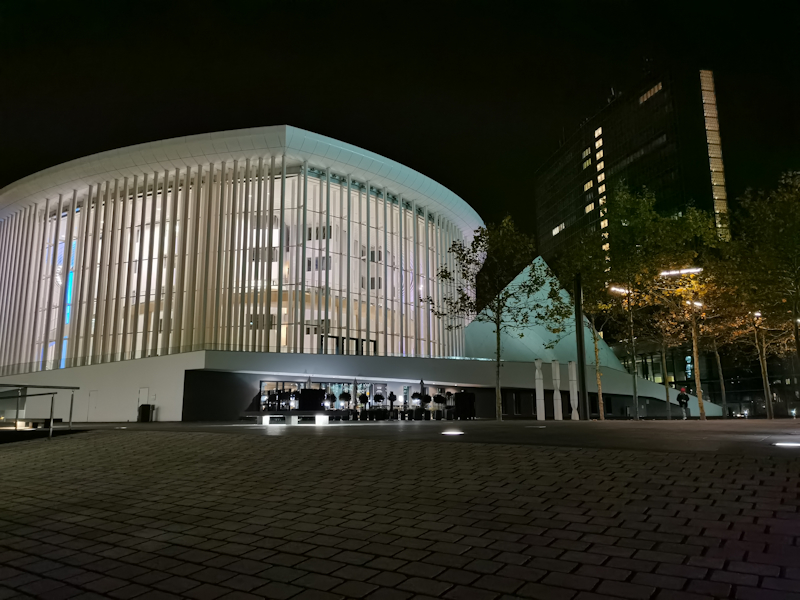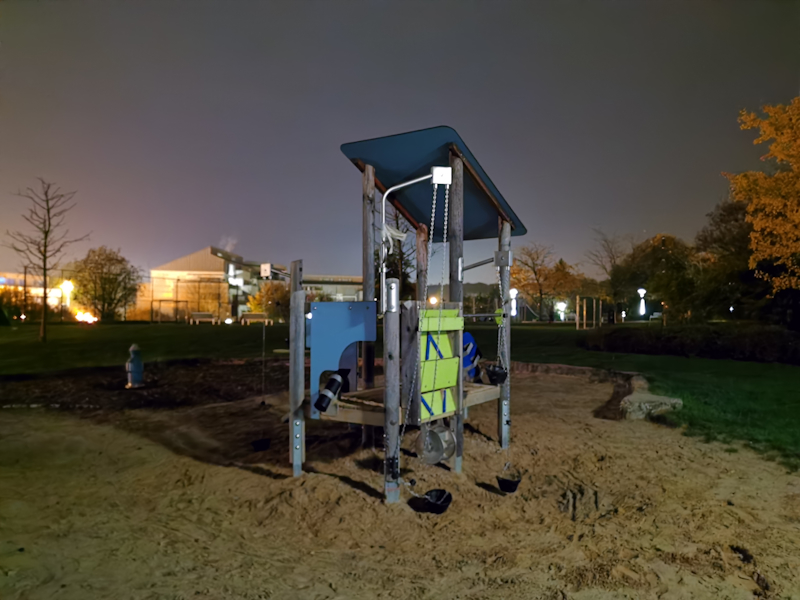

Camera - Low Light Evaluation - The Huawei Mate 30 Pro Review: Top Hardware with...
source link: https://www.anandtech.com/show/15099/the-huawei-mate-30-pro-review-top-hardware-without-google/8
Go to the source link to view the article. You can view the picture content, updated content and better typesetting reading experience. If the link is broken, please click the button below to view the snapshot at that time.
Camera - Low Light Evaluation
Low-light performance of the Mate 30 Pro should be pretty straightforward. Huawei has been in the leading position for over 2 years now thanks to its raw hardware capabilities and big custom sensors. I expect the Mate 30 pro to continue to hold on to the lead, but let’s see if there’s been any changes in the processing with the new SoC.
[ Mate 30 Pro ] - [ P30 Pro ]
[ S10+ (S) ] - [ S10+ (E) ]
[ iPhone 11 Pro ] - [ Pixel 4 ]
[ G8X ] - [ Xperia 1 ]
In the regular shooting mode, we’re seeing that the characteristic of the new phone not applying a degrading sharpening filter also applies to low light photography, and the Mate 30 Pro is able to achieve much better detail than the P30.
We also see that the tone mapping has improved slightly, there’s a bit more depth in the lightning on the building and walkway which was flattened out on the P30.
Switching on Night mode which makes use of image stacking, we lose details in the shot, but do make it brighter with better dynamic range. The night shot differences to the P30 here are extremely minor.
Using the new UWA in low-light, we’re presented with a whole new view of the world. Where previous generation UWA modules completely failed at low-light, the Mate 30 Pro is able to breeze through the scenario without much of a sweat and produces an outstanding result. There’s no other phone that can keep up with it.
[ Mate 30 Pro ] - [ P30 Pro ]
[ S10+ (S) ] - [ S10+ (E) ]
[ iPhone 11 Pro ] - [ Pixel 4 ]
[ G8X ]
On the next scene there’s a very big change in colour temperature, and unfortunately the Mate 30 Pro got it wrong this time around as the more orange look of the P30 was the actual representation of the scene with the sodium lamps. While the colours are wrong, again the detail retention of the Mate 30 Pro is outstanding, although the Pixel 4’s Night Sight as well as the iPhone 11 with deep fusion are competitive with it.
The ultra-wide-angle is accurate in its colour temperature, and again it’s leagues ahead of the competition in all aspects of picture quality.
[ Mate 30 Pro ] - [ P30 Pro ]
[ S10+ (S) ] - [ S10+ (E) ]
[ iPhone 11 Pro ] - [ Pixel 4 ]
[ G8X ] - [ Xperia 1 ]
In the next scene we see a bit better dynamic range on the part of the Mate 30 Pro compared to the P30 Pro, retaining better gradients and also better shadow detail on the background building for example.
Using night mode loses out in terms of detail, but improves light capture in the darkest parts of the scene.
One odd thing I need to note, is that for some reason using night mode on the ultra-wide-angle crops the picture to a 4:3 frame, losing out the sides. I would also argue the usefulness of the feature on the Mate 30 Pro as it introduces a lot of blur.
[ Mate 30 Pro ] - [ P30 Pro ]
[ Galaxy S10+ (S) ] - [ Galaxy S10+ (E) ]
[ iPhone 11 Pro ] - [ Pixel 4 ]
[ G8X ] - [ Xperia 1 ]
Going into lower light scenarios, the Mate 30 Pro is still excellent and a top performer, but here we see phones such as the Pixel 4 able to catch up in terms of light capture and detail. Huawei’s Night mode by now looks relatively flat in comparison. Of course, without the computational photography, the Huawei devices are still far ahead due to sheer sensor power.
This sensor power is again exhibited by the ultra-wide-angle, which although this time isn’t doing well in terms of focus and detail, is still ahead of the competition.
[ Mate 30 Pro ] - [ P30 Pro ]
[ Galaxy S10+(S) ] - [Galaxy S10+(E) ]
[ iPhone 11 Pro ] - [ Pixel 4 ]
[ G8X ] - [ Xperia 1 ]
Not too big difference to the P30 here. The phone is faring very well. The ultra-wide-angle again leads the pack ahead of other devices.
[ Mate 30 Pro ] -[ P30 Pro ]
[ Galaxy S10+ (S) ] - [ Galaxy S10+ (E) ]
[ iPhone 11 Pro ] - [ Pixel 4 ]
[ G8X ] - [ Xperia 1 ]
Oddly enough the Mate 30 Pro had trouble focusing on this scene and all my shots with the main camera ended up being out of focus and blurry which is a pity.
On the UWA, it’s actually better to stay in the regular shooting mode rather than using the night mode as the latter is actually a degradation. The ISO51200 of the sensor in the regular mode is able to get better results than the image stacking of ISO1600 pictures in night mode.
[ Mate 30 Pro ] - [ P30 Pro ]
[ Galaxy S10+ (S) ] - [ Galaxy S10+ (E) ]
[ iPhone 11 Pro ] - [ Pixel 4 ]
[ G8X ] - [ Xperia 1 ]
Indoors in very dim light again for some reason the Mate 30 Pro end up blurrier than the P30 Pro. This isn’t exhibited by the Night mode shot which is similar in result to its sibling but does have better colour temperature. The results here are the best of any smartphone.
Low-Light Conclusion
Overall, we expected the Mate 30 Pro to fare extremely well in low-light, and that’s exactly how the phone ended up performing.
Huawei’s raw sensor strength is maintained this generation, and the phone’s picture capture quality has been improved in the regular shooting mode with better details and better dynamic range processing. Night mode is largely similar to what we’ve seen in the P30 Pro – but now sometimes actually isn’t as good detail-wise as the regular shooting mode as it’s not able to preserve as much details. The Pixel 4 Night Sight and iPhone 11 are the only phones able to be competitive with the Mate 30 Pro in some scenes.
What’s really a big improvement to the low-light ability of the phone is the new ultra-wide-camera sensor. While it’s not as good as the main sensor in low-light, it’s a massive jump compared to other modules of its class and now makes low-light capture actually viable.
Recommend
About Joyk
Aggregate valuable and interesting links.
Joyk means Joy of geeK






